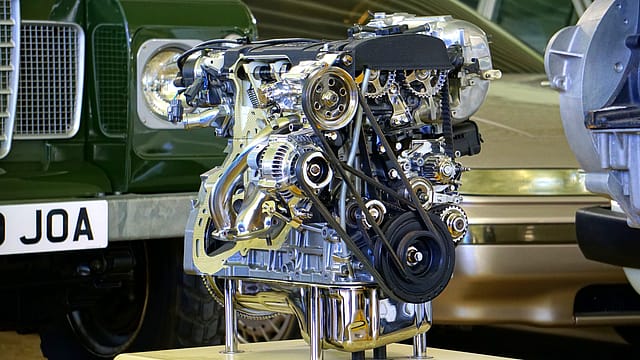Indian auto component industry records 18.3% growth: ACMA
ADVERTISEMENT

In its annual industry performance review, the Automotive Component Manufacturers Association of India (ACMA) revealed that the auto component industry grew at 18.3% owing to the overall growth of the auto sector in India.
The industry’s turnover stood at $51.2 billion (₹3.45 lakh crore) in 2017-18 from $43.55 billion (₹2.92 lakh crore) in the year ago period.
While exports—which included steering, engine components, body, suspension and brakes—grew 23.9% to ₹90,571 crore, imports for the same period stood at ₹1.06 lakh crore, rising by 17.8%. According to the report, Asia accounted for 60% of imports followed by Europe and North America, with 30% and 8% respectively.
January 2026
Netflix, which has been in India for a decade, has successfully struck a balance between high-class premium content and pricing that attracts a range of customers. Find out how the U.S. streaming giant evolved in India, plus an exclusive interview with CEO Ted Sarandos. Also read about the Best Investments for 2026, and how rising growth and easing inflation will come in handy for finance minister Nirmala Sitharaman as she prepares Budget 2026.
The automotive component industry contributes 2.3% to India’s GDP. “The year gone by witnessed an upswing in the overall performance of the vehicle industry, despite it facing several regulatory challenges. The component industry, in tandem, posted an encouraging performance,” said Vinnie Mehta, director general, ACMA said in his media address.
Aftermarket or secondary market (for accessories, spare parts, second-hand equipments etc.) sales also rose by 9.8% to ₹61,601 crore from ₹56,096 crore in the previous fiscal. ACMA also recommended to the government for a uniform goods and services tax (GST) rate of 18% on all auto components. Currently, 60% of the auto components attract 18% GST, while the rest—majority of which are two-wheelers and tractor components, attract 28%.
“The off-road parts which include tractors were placed at 28%. It’s our request to the government to bring it down since it’s an intermediary industry and should therefore be placed lower. To support the changing customer needs and to stay relevant, the auto component sector needs to be encouraged with supportive government policies,” Nirmal Minda, president, ACMA said.
ACMA’s other recommendations include incentivising research and development (R&D) and creating a technology fund to encourage small and medium enterprises for investing in R&D.
“The dynamics of the automotive market is undergoing a significant transformation as the industry strives to become compliant to various regulations related to emissions, safety and environment, including the transition from BS (Bharat Stage)-IV to BS-VI,” Minda added.
The industry sees electric mobility, lack of indigenous technologies for batteries and power electronics as the biggest challenges in the industry. According to the report, the government should define and mandate standards for components for electric vehicles and charging stations to prevent substandard imports.
ACMA expects greater clarity from the long-awaited second-phase of the Faster Adoption and Manufacturing of (Hybrid and) Electric Vehicles in India (FAME India) scheme—government’s initiative to promote electric mobility in the country.
Currently the scheme is limited to subsidising xEV (hybrid and electric vehicle) purchase, its scope should be enhanced to include funding/grants for development of components for xEVs and for charging infrastructure, the report said.
“As we prepare for the introduction of electric mobility in the country, a well-defined, technology agnostic road map with clear responsibilities of each stakeholder will go a long way in ensuring a smooth roll out as also leading to creation of a local supply base for the same,” Minda said.
